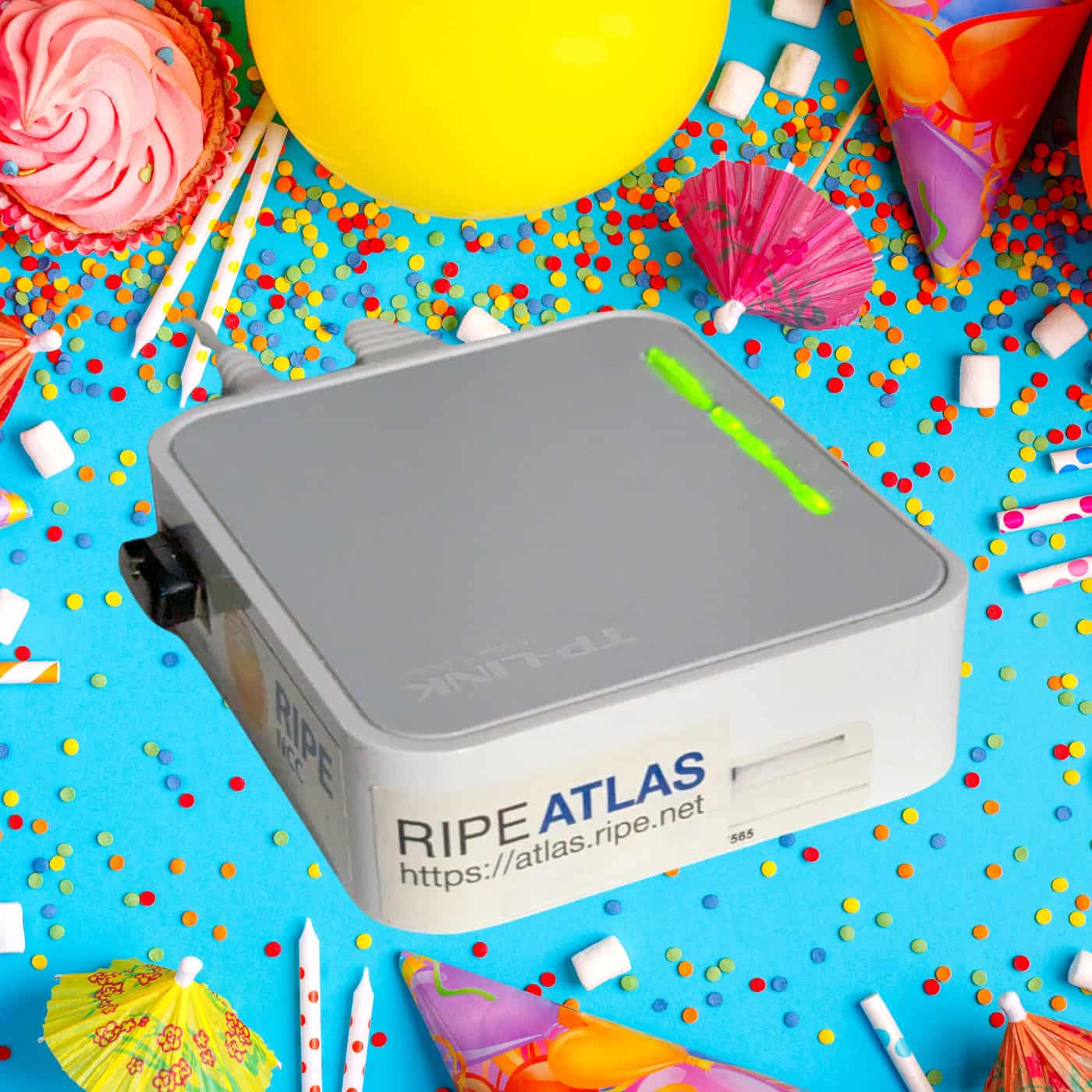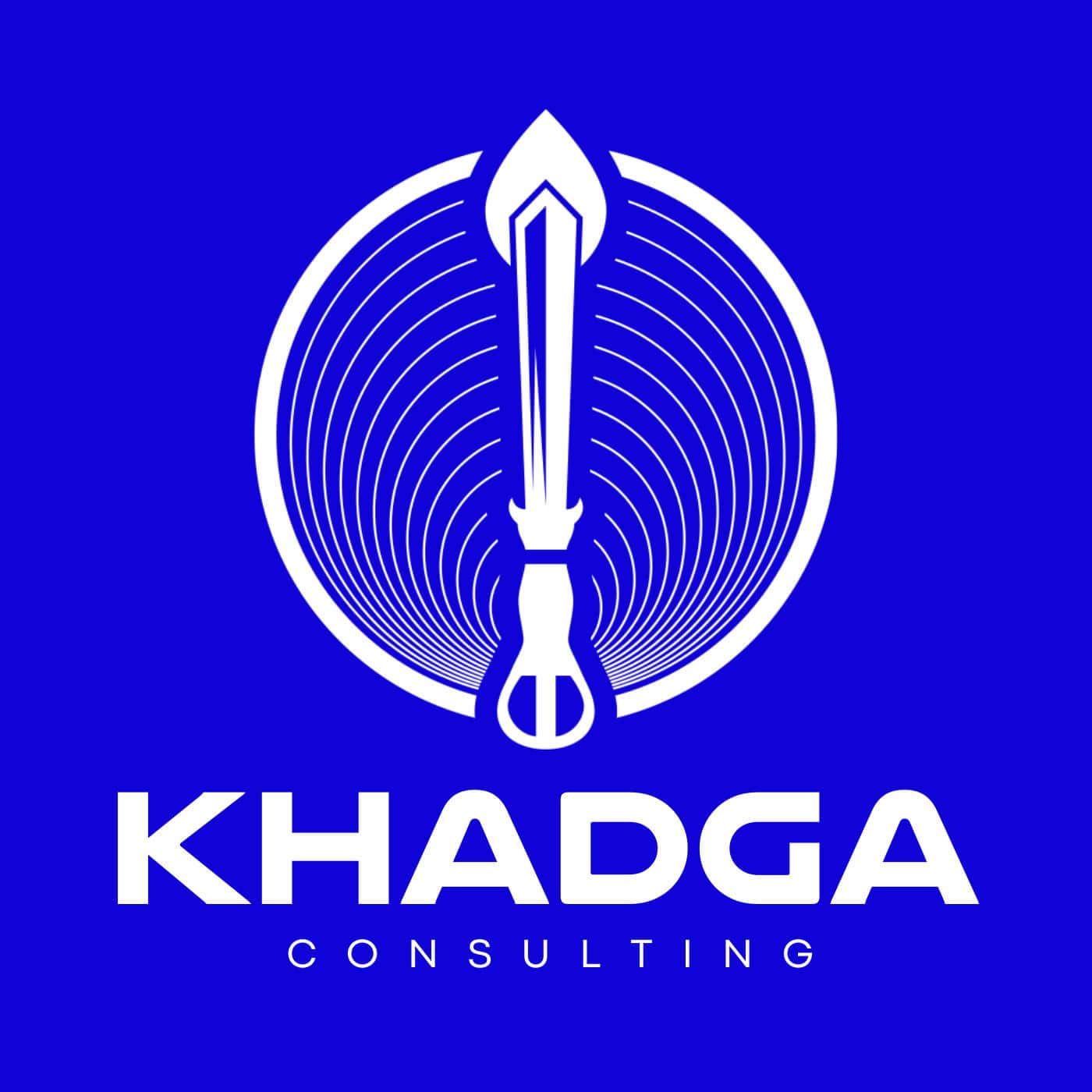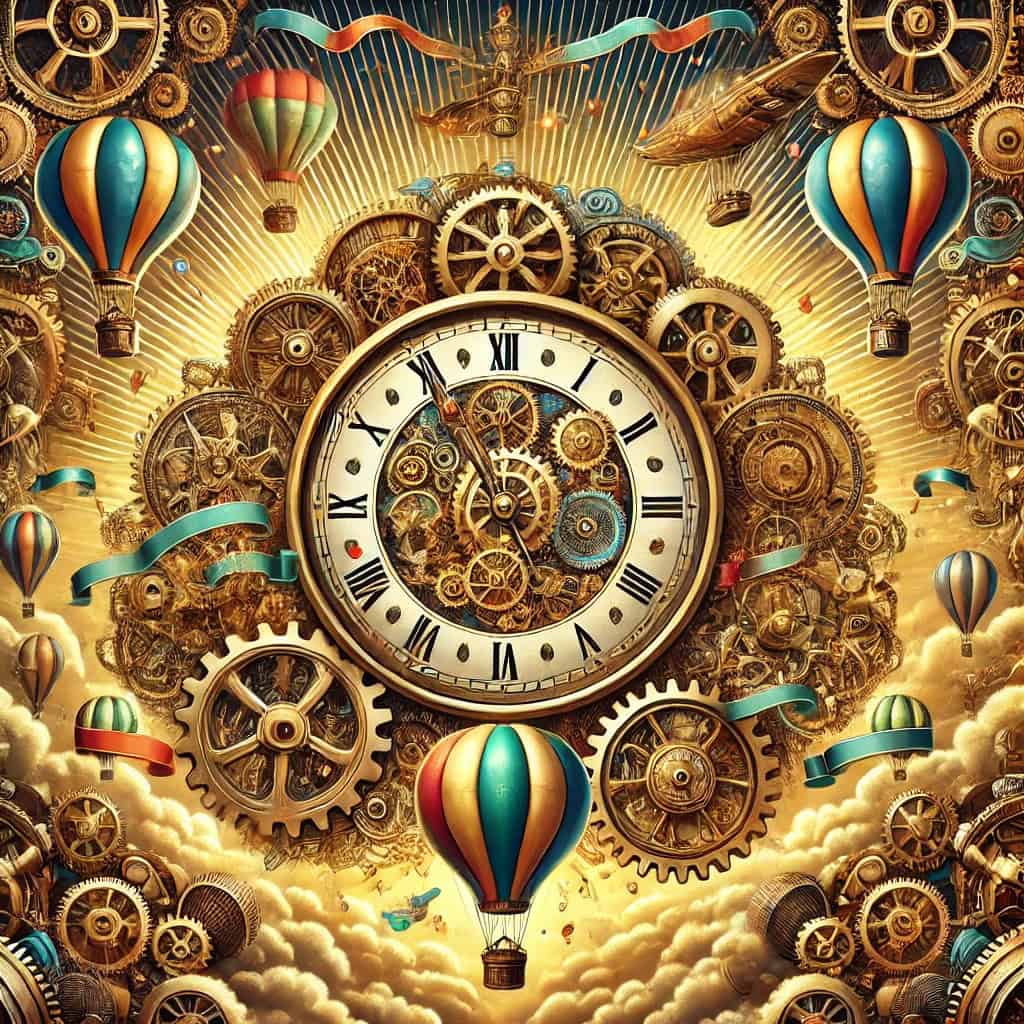I believe that we all have a personal tech stack and that the more we mindfully and intentionally curate the tools we use everyday, the more productive and happy we will be. What’s a personal tech stack? Let’s break it down…
Tech Stack Defined
If you work in or around application development or corporate IT you’ve probably heard the term “tech stack” and you may even be able to list off several that you and your organization use (e.g. LAMP). For everyone else, a quick introduction.
Heap offers a great, if very developer-centric definition: A tech stack is the combination of technologies a company uses to build and run an application or project. Sometimes called a “solutions stack,” a tech stack typically consists of programming languages, frameworks, a database, front-end tools, back-end tools, and applications connected via APIs.
Hubspot provides a slightly broader definition: A technology stack, or tech stack, is the collection of tools, platforms, apps, and pieces of software that a company uses to build its products, carry out its business operations, and monitor its performance metrics.
If I summarize that, a tech stack (or solution stack) is all the stuff you need to do your thing. The term is most often used by developers to talk about the necessary components for their applications to “run on.” This is where the term ‘full-stack’ developer comes from, meaning someone who can work across front-end, back-end, database, scripting, monitoring, etc. But as you can see in the Hubspot definition, we can also use “technology stack” to talk about the combination of solutions we weave together to run our business. But are tech stacks just for companies?
Enter the Cyborgs
About 6 years ago, Elon Musk told us that we are already cyborgs, during an on-stage session at Code Conference 2016. Not everyone agrees with him that we need to create a direct brain-computer interface in order to compete with AI. But most folks do accept the fact that we are enhanced by the technology that we use every day. The worlds information is literally at our fingertips, and now available via voice command as well. We can communicate over any planetary distance, to any number of people, essentially instantly. The list goes on.
I first wrote about this back in 2009, when I mused that “I have come to realize that I am, in fact, a cyborg. Not the cool hardware enhanced cyborg from sci-fi stories but a more software based cyborg.” I went on to report that “Merriam-Webster defines cyborg as ‘a bionic human’ and bionic as ‘having normal biological capability or performance enhanced by or as if by electronic or electromechanical devices’ – thus a cyborg is simply a human whose performance is enhanced by something electronic.”
That idea is not quite as crazy as it was back then, in part thanks to Mr. Musk’s public discussions and in even larger part due to the ongoing progression of technology and its dispersion into so many aspects of our lives. That daily reliance on technology is why I believe that we should all intentionally curate our own, personal tech stack. You are conscious of what you wear, mindful of what you eat, and careful of your physical health. Why not, then, pay attention to the technologies that enhance your capabilities and performance every day?
Personal Tech Stacks
That, of course, brings us to the main subject of this little essay; the personal tech stack. As well adjusted and modern cyborgs, we all have one. But many of us pay little attention to the selection of the individual components that ours is made up of. I hope to inspire you to reevaluate your own personal tech stack by giving you a look at mine. My intention is to walk you through some of my rationale for the choices I’ve made. I do this not to convince you to use the same stack, or even any part of it. Rather I hope to set an example for how to think through your own requirements, objectives, preferences, and constraints as you audit and (re)build your own personal technology stack.
My Productivity Stack
Let’s set some context. I’m a creative and a technologist, a consultant and an entrepreneur, and my personal tech stack is largely built to help me achieve my personal and professional goals. Some of that will resonate with you, and some probably won’t. Feel free to ignore my specific motivations and choices and focus on what you can take away.
For example, my entire personal tech stack is built on the Linux operating system. My PC runs Mint, my laptop runs Ubuntu Budgie, my phone runs Android, and my reMarkable tablet even runs a Linux-based OS called Codex. Why Linux? I started using Linux back in the early noughties when I was building my first ISP. We built our routers, as well as the rest of our general infrastructure on Linux servers and it just made sense to use it on my PC as well. There are a slew of amazing CLI tools available that just make life so much easier. Plus, I am philosophically aligned with Linux. I will always have a special place in my heart for free and open source software.
That means that I only use software that runs on Linux, and that therefor drives some of my other choices. But this isn’t going to be a post about FOSS, ksh, sed, awk, pearl, or python. So, let’s move on.
Top 3 – Email, Calendar, Tasks
Love it or hate it, email is still a (if not the) primary communication channel for business. I receive over 2,000 email messages every month, and I send just under 400 myself. How do I know that? My email client gives me lots of cool stats. But that’s not why I chose it. For me, the primary driver in an email client is its ability to deal with multiple accounts. Being a consultant means that I often end up with an email account at each client. Right now I have 8. Two are Microsoft accounts and the rest are on Google. The only tool I’ve found that can gracefully handle that on Linux is Mailspring. And it’s open source too! My only complaint is that the search functionality needs some work.
The multiple account challenge also drove my hunt for a calendar app. After playing with a few, I found that Morgen is the hands down winner. Like Mailspring, it’s Linux native (they both also have Mac and Windows versions), has a bunch of additional features (like scheduling links), is ad free, plus data and account credentials are stored locally. Unlike Mailspring, Morgen offers a referral program – if you decide you like it, use code XUDHJ20 for a 20% discount.
When we’re talking about being cyborgs, I can definitely say that effective task management is a superpower. I use Todoist. Whenever any task comes up that I can’t do immediately, I add it to Todoist. Typically I set the due date to the next (or a future) Monday. Then, every week I organize my tasks by setting them for specific days and adding time on my calendar to do them. There is a Todoist integration with Morgen but it doesn’t seem to understand collaborators, which makes it unusable for me at this stage (because it shows all tasks, including those assigned to other people).
Oh, and they all have a dark mode! I really dislike staring at glaring white screens all day.
Other Everyday Tools
Of course, there is a lot more to personal productivity than just emails, events, and tasks. Here’s a whirlwind tour of the other tools in my personal tech stack that I use on a daily basis:
- reMarkable – I love hand writing my notes whenever possible, there’s evidence it’s better for memory, and this ePaper tablet lets me take and store all the notes I could ever want – too bad there is no Linux desktop app <sad face>
- Evernote – Note taking on steroids, no Linux app but the web client works fine – I wish I could combine Evernote’s on computer functionality with reMarkable’s paper-like note taking <hopeful face>
- Slack – It’s kind of like email at this point, hard not to be on it, but while almost every org I associate with uses it, my favorite conversations happen in community created workspaces
- Firefox – I still remember when I switched from Firefox to Chrome over a decade ago, and now Chrome is a bloated dinosaur that hates privacy, so I switched back <disappointed face>
- Dropbox – I have my account mapped to a dedicated drive on my PC for a local copy of everything, everywhere else I use selective download to keep storage space free
- KeePassXC – Still a great password manager after all these years, and still FOSS
- LibreOffice – I like having my own copies of content I create, so I do everything in LibreOffice, save locally, and then upload to whichever online suite the client is using
- Zoom – Finally, video conferencing that works!
- Spotify – What is life without music?
- Strava – I love running and I started using Strava to track my speed and distance, but it has become a social network as well
- InsightTimer – Times and tracks my meditations with a starting and ending bell
- Oura – My only wearable, tracks sleep like a champ; and just today they updated it to track heart rate during workouts – now I just need it to integrate with Strava
Not Everyday Tools
There are a few more tools in my personal productivity stack that I don’t use every day, but that I do use often:
- GIMP – Fun name, great tool, for those that don’t know it’s essentially a FOSS photoshop, if you need to manipulate images, take a look
- Discord – Not just for gamers, while most of my instant messaging happens on Slack, I have a couple communities I like to check in on here as well
- Teams – Frankly, I only use Teams when I have to (when a client uses it) but they have a fully functional Linux version (still in beta) and I gotta give credit to Microsoft for that
- LinkedIn – We live in the age of social networking, and this one lets me stay in touch with colleagues as our careers progress
- Twitter – The other social network I post and scroll on occasionally
- Steam – Being productive requires active rest!
Full disclosure, none of the companies/products in this post pay me – so if you find this useful, you can feel free to send a tip. Haha. But seriously.
Your Personal Tech Stack
Now it’s your turn!
What are your favorite bits of technology? Which tools or apps or platforms do you use every day? What should I be using that I’m not? Which items on my list are trash and should be replaced?
Leave a comment or send me a note.






